Pulot tartar, anyone? 5 least-known kuehs in Singapore you should know about
Heard of Kueh Peria, which look like tiny bittergourds? How about Qin Beh Kueh, made from leftovers? Food author Christopher Tan teaches us the Way of the Kueh.
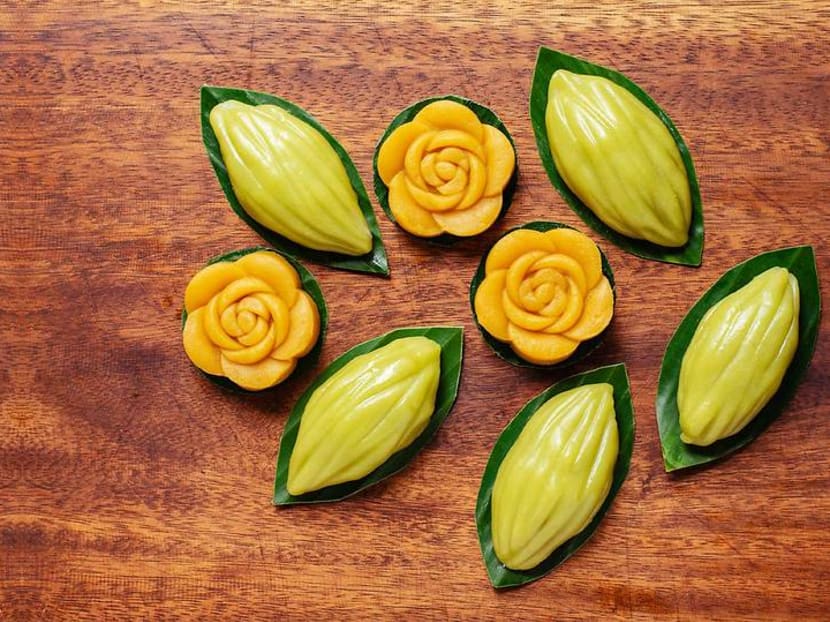
Rare species: These are Kueh Kacau Keledek and Kueh Peria (Photo: Christopher Tan)
Nothing says “I love you” like an array of beautiful sweets, and since chocolate bon-bons are so last century, we’d much rather nosh our way through some delicate kuehs, if you ask us.
Yes, the humble kueh is often seen at celebrations because so many of them symbolise the joy of togetherness and unity, says local food guru Christopher Tan, author of an entire volume dedicated to sticky little cakes, titled The Way Of Kueh, which is available at bookstores.
READ: Hainanese mooncakes may be disappearing but this family is fighting to save them
For example, he shared, kueh wajik, a confection of glutinous rice slow-stirred with palm sugar and coconut milk, is a treasured dessert at Malay weddings, as “its sweetness and stickiness embody wishes for a sweet and tightly knit married life ahead.”
We can’t help but get the feeling that there’s so much we don’t know about the ubiquitous kueh in all its varied and colourful incarnations. So, we asked Tan to introduce us to five of the least-known kuehs in local history.
Are you or your parents familiar with these culinary snacking treasures, which threaten to slip through the fingers of modernity?
READ: 'Country captain' chicken curry? The British legacy found in our food heritage
KUEH PERIA
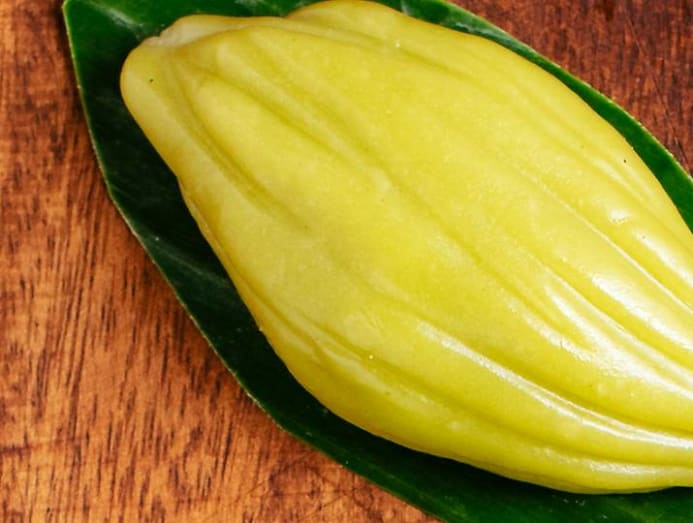
Made by Malays and Peranakans for festive occasions, these kuehs are shaped to look like small bittergourds, although they are purely sweet. Shredded coconut is cooked with palm sugar to make their filling. In Malaysia, they are also filled with mashed mung beans. Nowadays, they are only seen in home kitchens or at heartland Ramadan pasars.
KUEH KACAU KELEDEK
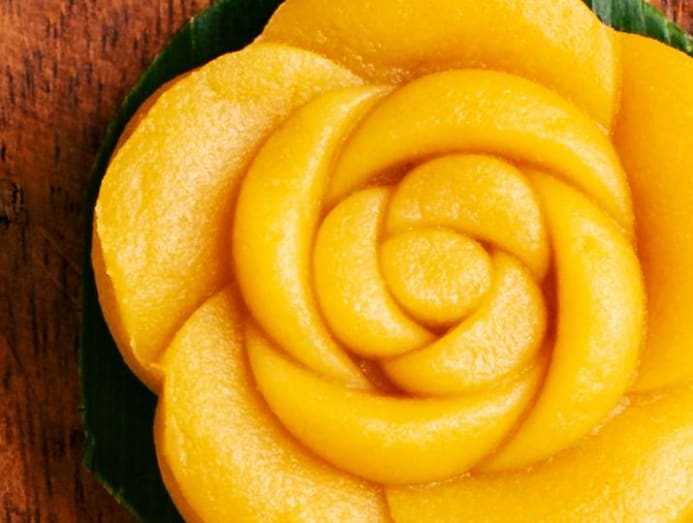
A Malay kueh feted for weddings and other joyous occasions, this is made by slowly stirring a mixture of mashed sweet potato, eggs, coconut milk and sugar until it cooks down into a thick, rich, aromatic confection. It is traditionally served in a mound decorated with pinched and incised patterns. For my recipe, I used a mooncake mould to give it a floral shape.
PULOT TARTAR
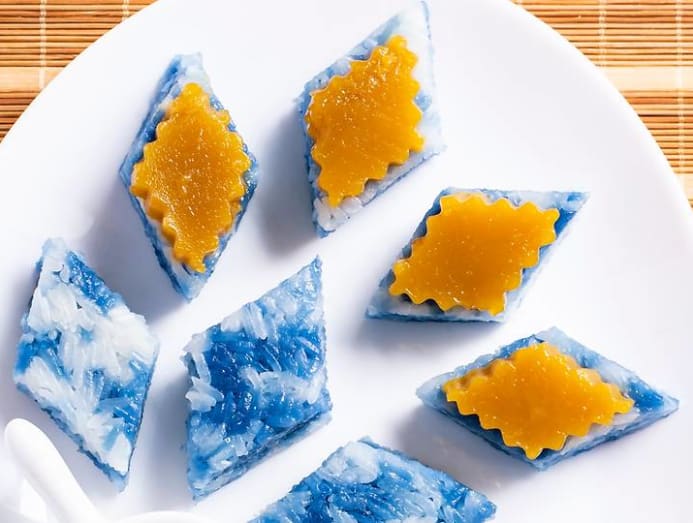
Made by Peranakans and Eurasians, this is glutinous rice, cooked in coconut milk and stippled with bunga telang (butterfly pea) juice, wrapped in banana leaves and compressed into a wooden frame by heavy weights for several hours. The resulting dense-yet-soft cake is cut into small serving pieces. In Singapore this was originally paired with a thickened salted coconut cream sauce, but nowadays it is most often topped with kaya – my preference is for Nyonya serikaya, which is smooth, golden and firmly set. This kueh has many cognates across the ASEAN region.
CIKAK KUEH
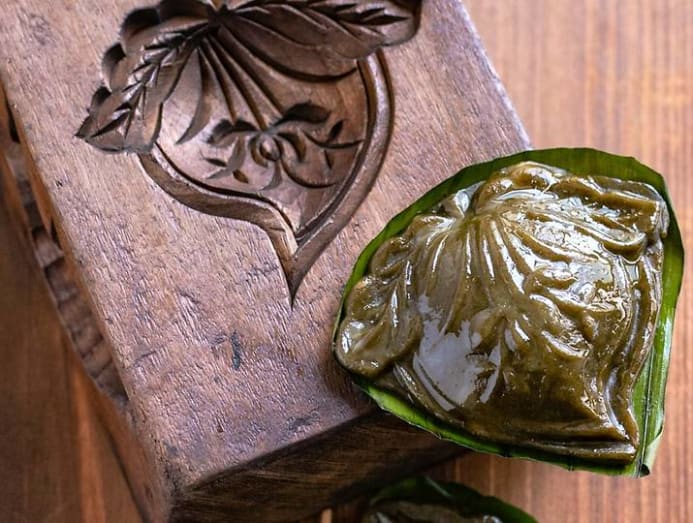
A Teochew kueh from southern China, this features a soft, herb-scented skin flavoured with leaves from the cikak plant (cudweed, shuqucao), which grows wild around rice paddies and cultivated land. It is only sold by a small handful of kueh shops in Singapore, as cikak does not grow here and is increasingly hard to get in urbanised Asia. Cikak kueh has had various different fillings over its historical lifetime, but sweetened mung bean paste is the most commonly seen filling now.
QIN BEH KUEH
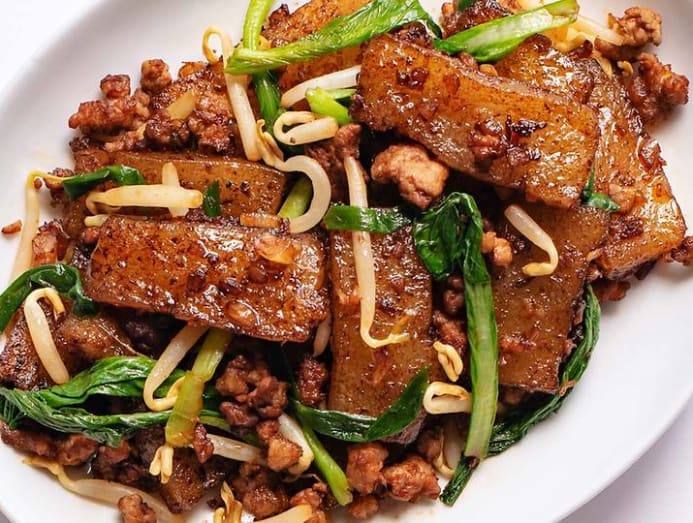
A Hokkien kueh only made in home kitchens now, this evolved as a thrifty way to use leftover rice congee – namely, mix it up with tapioca starch into a dough, which you then steam or boil. The cooked kueh is cut into springy-textured strips, which can then be stir-fried with ingredients as you would fry noodles: They absorb flavours marvellously well.





